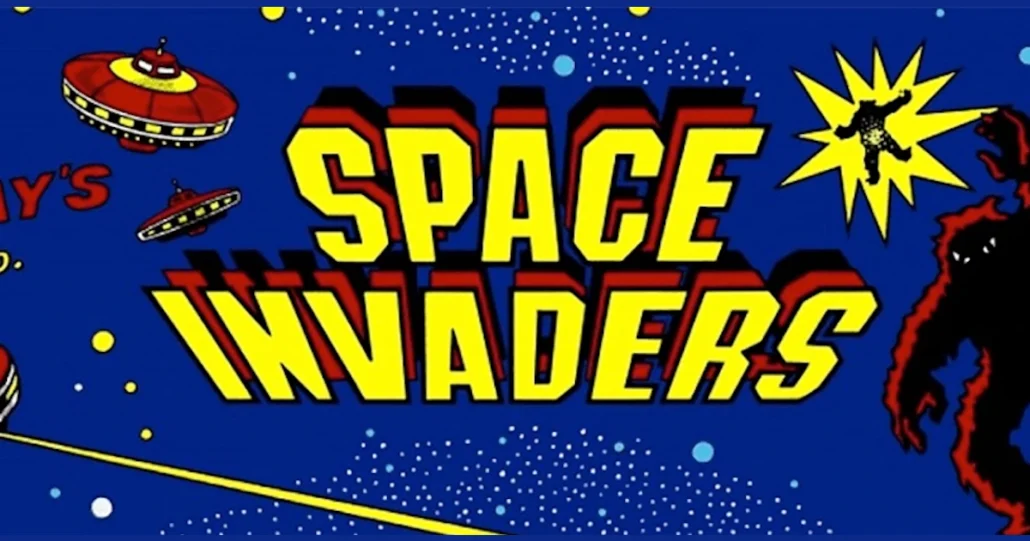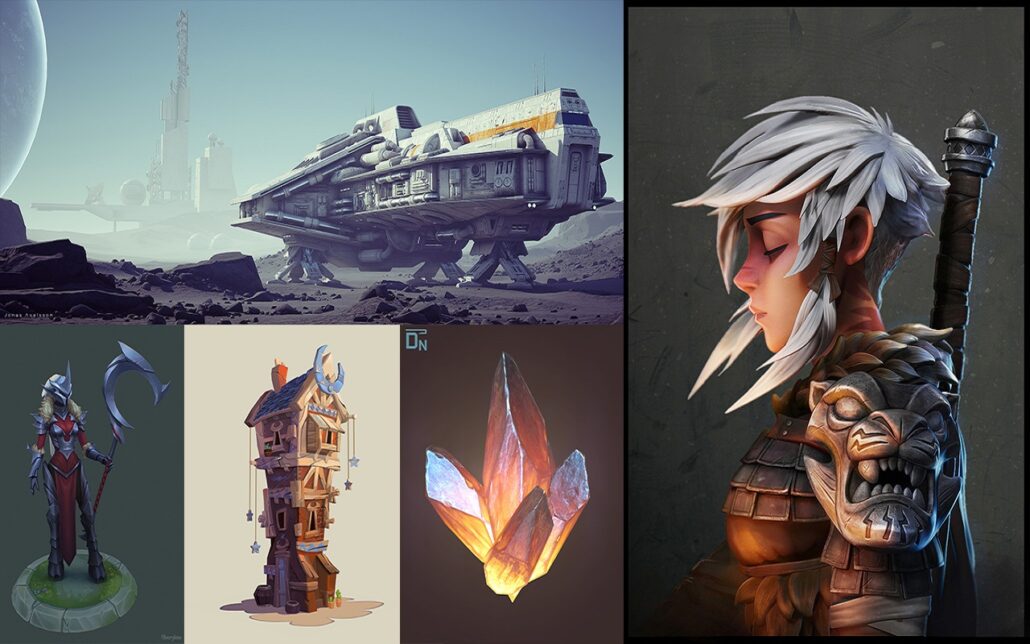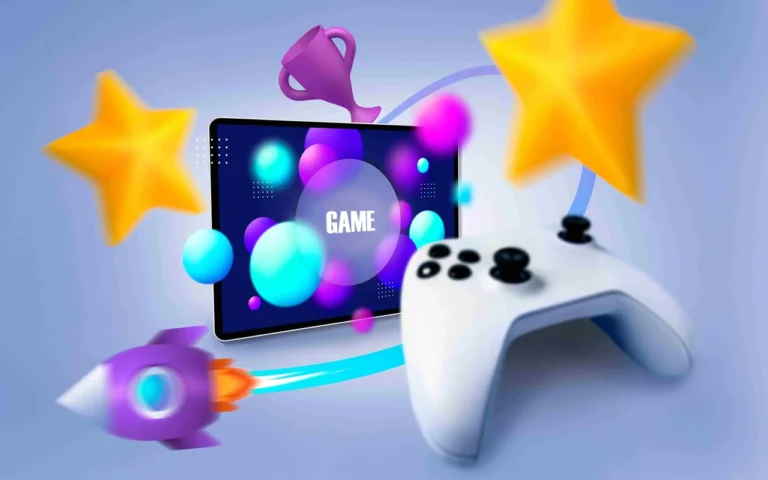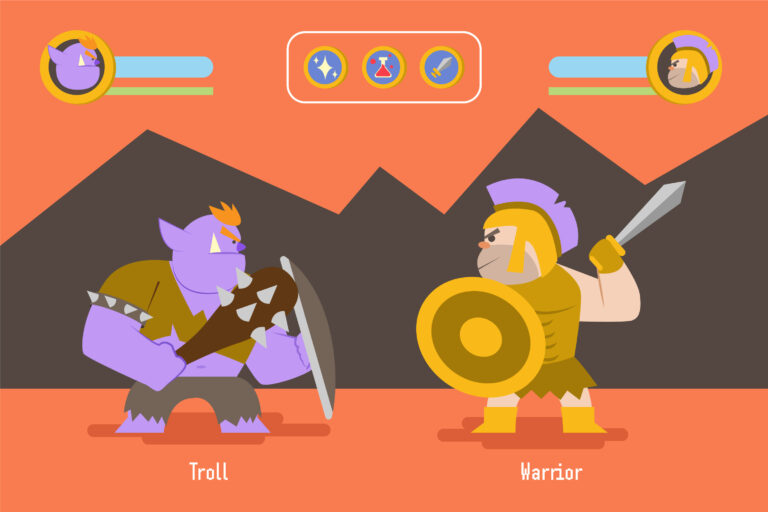Game art is the vibrant alchemy that transforms mere code into sprawling universes teeming with life and emotion. In the game art history, from the early pixelated pioneers to today’s breathtakingly detailed digital landscapes, it is a testament to the boundless power of creativity and technology.
Every character, every world, and every element has been sculpted with precision and vision, evolving through decades of innovation to amaze players with new Perceptual experiences that push the limits of human imagination.
Exploring the history of game art is about more than just tracking a technical evolution. It’s about witnessing how the fabric of gaming has been crafted with masterful innovation and artistic ambition.
From the blocky charm of early 2D sprites to today’s hyper-realistic characters and seamless landscapes, each leap in the graphical framework has opened new doors for storytelling and immersion.
Game art is more than aesthetic appeal; Pixune, as a game art studio, will help you shape emotional and cognitive experiences in gameplay, pulling audiences deeper into the virtual worlds we explore.


Need Game Art Services?
Visit our Game Art Service page to see how we can help bring your ideas to life!
The Early Days: Pixel Art and 2D Graphics (1970s-1980s)

In the 1970s and 1980s, pixel art defined the early visual aesthetic of video games. Due to hardware limitations, early developers worked with very low resolutions, sometimes as few as 8×8 or 16×16 grids of pixels.
Since the beginning of game development, game art has been intertwined with game animation, as each enhances the other’s quality and perspective.
Games like Pong (1972), Space Invaders (1978), and Pac-Man (1980) used simple geometric shapes, often in monochrome or with minimal colour palettes. The visual charm of these early games lay in their abstraction; players used their imagination to fill in details that the art could not provide.
Despite these limitations, early game artists employed clever techniques to maximise the impact of their work.
For example, Shigeru Miyamoto’s design for Super Mario Bros (1985) capitalised on the blocky, low-resolution sprites of the time. Mario’s iconic moustache and hat were added to make the character more distinguishable on small screens.
The rise of home consoles like the Atari 2600 and Nintendo Entertainment System (NES) made 2D art known to a broader audience, leading to more sophisticated pixel art techniques.
Pioneering companies such as Atari, Nintendo, and Sega played a pivotal role in shaping this era of video game art. Atari laid the groundwork for early video game graphics with its innovative arcade games and home consoles.
Nintendo pushed the boundaries with titles like Donkey Kong (1981) and Super Mario Bros, introducing more dynamic and memorable visuals.
Sega followed suit with its distinct style, contributing to the vibrant evolution of pixel art and 2D graphics.
These companies were at the forefront of integrating artistic creativity with the technological advancements they gifted, setting the stage for future developments in game design.
The Rise of 3D Graphics in Game Art History: The 1990s

Read More: Exploring 3D Art Styles for Games
The 1990s marked a cornerstone timeframe in the history of game art, with the transition from 2D-pixel art to 3D polygonal graphics.
Technological advances allowed game developers to render environments and characters in three-dimensional space, launching an entirely new visual era.
Games like Wolfenstein 3D (1992) and Doom (1993) laid the groundwork for 3D environments in first-person shooters, despite these early efforts being often flat and angular.
The release of the Sony PlayStation in 1994 and the Nintendo 64 in 1996 brought 3D graphics to mainstream audiences.
Super Mario 64 (1996) was a breakthrough, combining intuitive 3D gameplay with expressive, colourful environments.
Similarly, Final Fantasy VII (1997) introduced pre-rendered 3D backgrounds alongside polygonal character models, creating a hybrid 2D/3D aesthetic that became iconic for its era.
Key players in the 1990s 3D graphics revolution
id Software, Nintendo, and Sony were the leading players in the 1990s revolution.
- id Software:
The early 3D shooters like Wolfenstein 3D and Doom set the benchmark for immersive gameplay. - Nintendo:
Their Super Mario 64 demonstrated how 3D environments could redefine platforming games. - Sony:
Their PlayStation provided the hardware and support for various groundbreaking 3D titles.
These companies were instrumental in shaping the visual landscape of gaming during this transformative decade.
Artists now had new tools, including 3D modelling software such as Maya and 3D Studio Max. These tools created more complex character models, environments, and textures, leading to a boom in more ambitious game art design.
Games like Tomb Raider (1996) and The Legend of Zelda: Ocarina of Time (1998) stretched the limit of what was possible with 3D graphics, creating immersive worlds that were once unimaginable in the 2D era.
The Golden Age of 3D: The 2000s

The 2000s saw 3D graphics reach new peaks as hardware became more powerful and game engines more sophisticated.
The PlayStation 2, Xbox, and GameCube ushered in a period in which games could depict highly detailed textures, dynamic lighting, and intricate character animations.
This period also saw the rise of character-driven games like Halo (2001) and Metal Gear Solid 2 (2001), where detailed character models and fluid animations contributed significantly to the storytelling experience.
As games became more cinematic, the role of concept art and storyboarding gained importance. Artists began creating more complex worlds and characters, often drawing inspiration from film and other media.
Shadow of the Colossus (2005) is a prime example of this, with its vast, haunting landscapes and minimalist character design, which still resonates with gamers and artists alike.
The rise of open-world games like Grand Theft Auto III (2001) and The Elder Scrolls III: Morrowind (2002) Redefined the horizon of world-building and environmental design, requiring teams of artists to create unlimited, interactive worlds that players could explore at their own pace.
Major transformative studios in the 2000s peak
During this transformative decade, several companies were the leaders in pushing 3D graphics innovation.
- Rockstar Games:
Grand Theft Auto III and its sequels revolutionised open-world design and narrative complexity, setting new standards for interactive environments. - Bethesda Game Studios:
Their work with The Elder Scrolls III: Morrowind showcased their expertise in creating immersive and expansive game worlds. - Naughty Dog and Epic Games:
Their collaborations in Uncharted: Drake’s Fortune and Gears of War set new benchmarks. Naughty Dog’s meticulous attention to character detail and environmental storytelling, combined with Epic Games’ advanced graphics technology, highlighted the capabilities of high-definition consoles and defined the visual expectations for the next generation of games.
The key role of game engines in the 2000s
Additionally, the mid-2000s saw the emergence of influential graphics engines such as Unreal Engine 3 and CryEngine, which enabled developers to create increasingly realistic and visually stunning games.
Epic Games’ Unreal Engine 3, for example, brought unprecedented detail and realism to games like Gears of War (2006) and Crytek’s CryEngine-powered Crysis (2007), setting new standards for graphical fidelity and environmental interaction.
These tools empowered artists and developers to explore new creative horizons, further elevating video games’ artistry and technical prowess during this golden age of 3D graphics.
Modern Game Art: Photorealism and Stylization (2010s-Present)

In the 2010s, more heads turned towards photorealism in game art as developers constantly attempted to dismiss the line between games and reality.
Thanks to advances in rendering techniques, motion capture, and lighting technologies, games like The Last of Us (2013) and Red Dead Redemption 2 (2018) once more Redefined the horizon of graphical realism.
Artists now had access to sophisticated tools for creating lifelike characters, environments, and animations, leading to a new level of immersion in video games.
At the same time, however, many games embraced a stylised aesthetic that rejected the pursuit of photorealism in favour of more artistic expression.
Titles like Cuphead (2017), with its 1930s-inspired cartoon art style, and The Legend of Zelda: Breath of the Wild (2017), with its cel-shaded visuals, showed that stylisation could be just as compelling as photorealism.
This dual approach highlights a rich blend of creative possibilities where lifelike realism and imaginative artistry coexist and excel.
As technology continues to evolve, the boundaries of game art are constantly being redefined.
The introduction of real-time ray tracing, advanced AI-driven tools, and dynamic environmental effects has expanded the toolkit available to artists and game developers, giving them the go-to to craft more immersive and visually stunning experiences.
Critical Technological Advances That Shaped Game Art

The evolution of game art has been driven by several key technological advancements that have significantly enhanced the visual aspects and creative possibilities within video games:
3D Modeling Software:
The development of sophisticated 3D modelling tools like Maya, Blender, and ZBrush has revolutionised game art. These programs allow artists to craft highly detailed and complex 3D models with intricate textures and animations.
Motion Capture:
Motion capture technology has transformed character animation, enabling the realistic portrayal of human movement and emotions.
By recording the movements of actors using specialised suits and sensors, games like Uncharted 4 (2016) have achieved lifelike animations that capture subtle nuances of human motion and facial expressions.
Real-Time Rendering Engines:
The advent of real-time rendering engines such as Unreal Engine and Unity has significantly impacted game art. These engines allow for dynamic lighting, shadows, and environmental effects that adapt in real time as players interact with the game world.
Physically-Based Rendering (PBR):
PBR techniques have brought a new level of realism to game graphics by simulating how light interacts with different surfaces. This approach allows for more accurate representations of metals, fabrics, and liquids, resulting in more lifelike reflections, refractions, and textures.
By adhering to real-world physical properties, PBR has enhanced the visual landscapes of games, making them appear more immersive and believable.
Virtual Reality (VR) and Augmented Reality (AR):
The rise of VR and AR technologies has opened new dimensions for game art, allowing for fully immersive experiences and interactive elements that blend with the real world. VR headsets create a sense of presence within a virtual environment, while AR applications overlay digital elements onto the physical world.
These two technologies have introduced novel ways for artists to design and present game worlds, offering players unique and engaging experiences.
These pioneering technological strides have collectively shaped the landscape of game art, pushing the boundaries of what is visually achievable and continually expanding the creative potential of interactive entertainment.
The Influence of Art Styles on Game Genres

Read More: How to Choose The Art Style for Your Game?
Art style is crucial in video games, significantly shaping players’ perceptions of game genres. Different genres are often tied to specific visual styles that align with their gameplay and themes.
Even though the two may sound similar, there are essential differences between game art and game design.
For example, racing simulators typically use realistic, highly detailed environments, while cartoonish, whimsical art is favoured in kart racers to evoke a fun, playful tone. Players have come to expect specific visual cues based on the genre they are engaging with, and departures from these norms can intrigue or confuse audiences.
Moreover, the art style is critical to establishing the mood and shaping the player experience. Whether it’s the isometric views in strategy games like Baldur’s Gate or the exaggerated, stylised visuals in many role-playing games, these design choices help to define and categorise genres. The connection between specific art styles and genres allows players to identify games that align with their preferences, creating a seamless link between visual aesthetics and gameplay experience.
Final Words
The journey of game art is a vibrant narrative of artistic evolution and technological advancement. From the simplicity of early pixel art to the sophisticated visual styles of today’s games, this progression highlights the transformative power of creativity.
For anyone passionate about game art, delving into its history offers more than just an appreciation of past achievements. It provides a deeper understanding of how artistic vision and technological progress shape the gaming experience.
By exploring the evolution of game art, enthusiasts and creators can gain insights into the creative processes that drive innovation while also envisioning new possibilities for the future.
This exploration connects you with the rich legacy of game art and ignites inspiration for contributing to the ongoing evolution of this dynamic and ever-expanding field.









